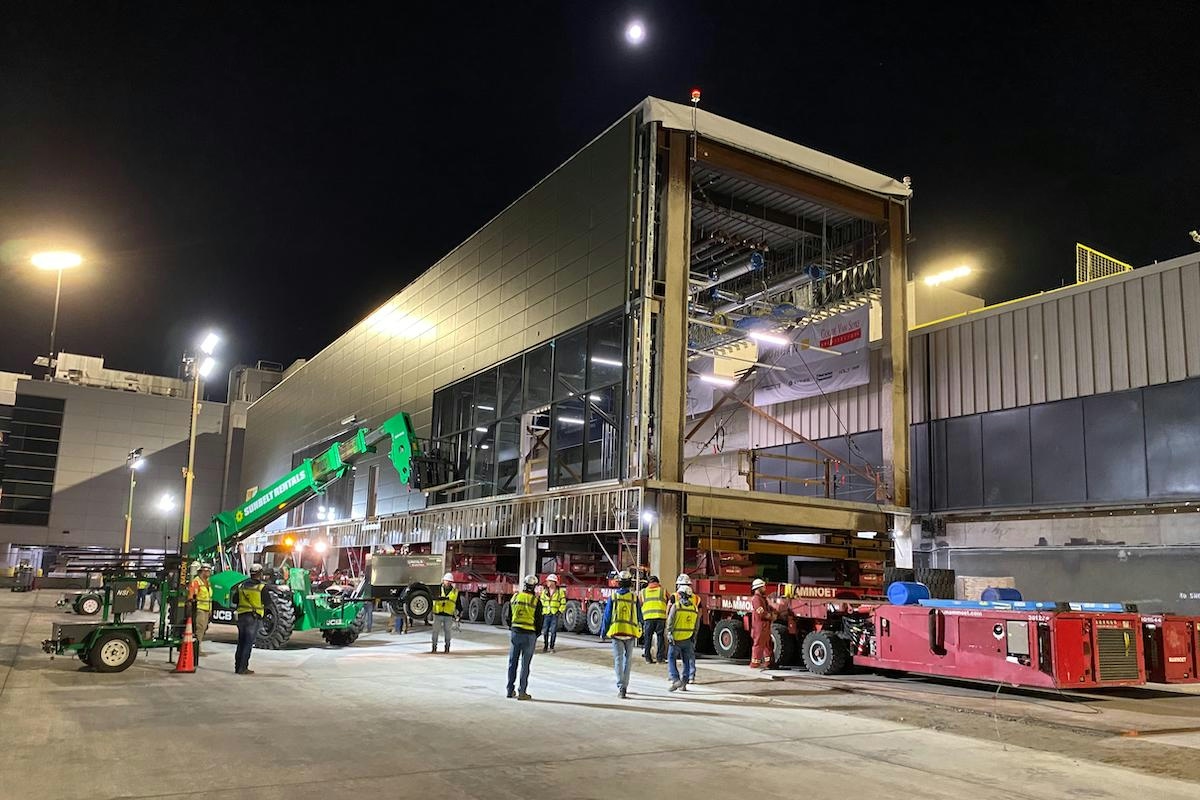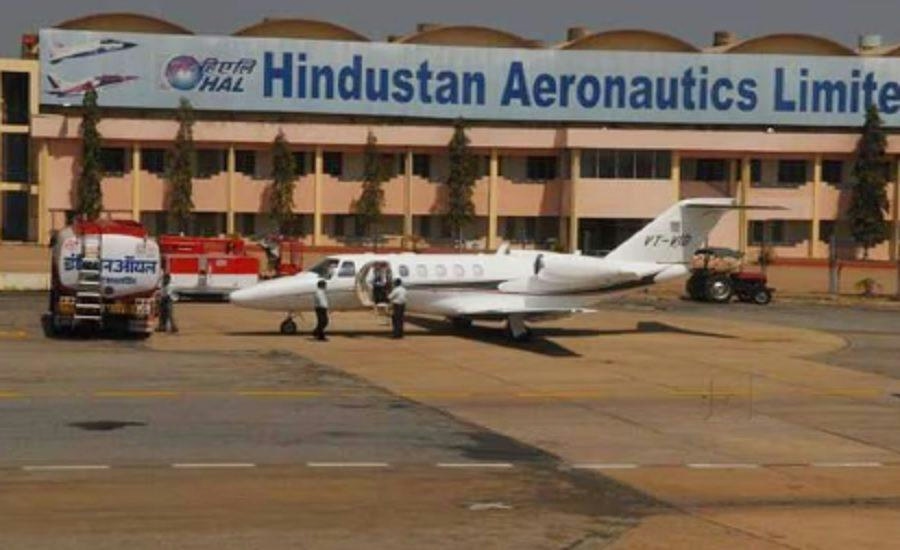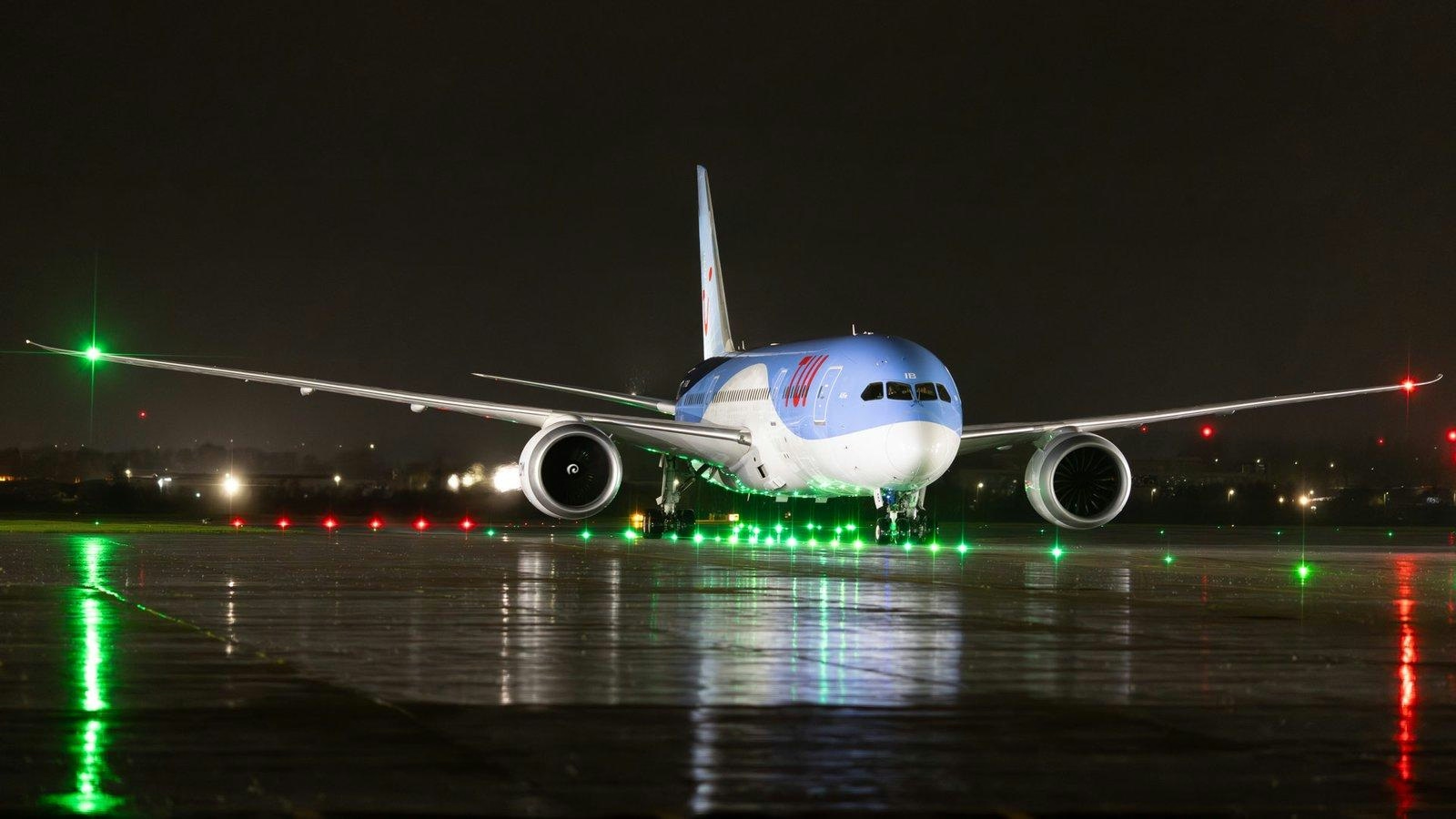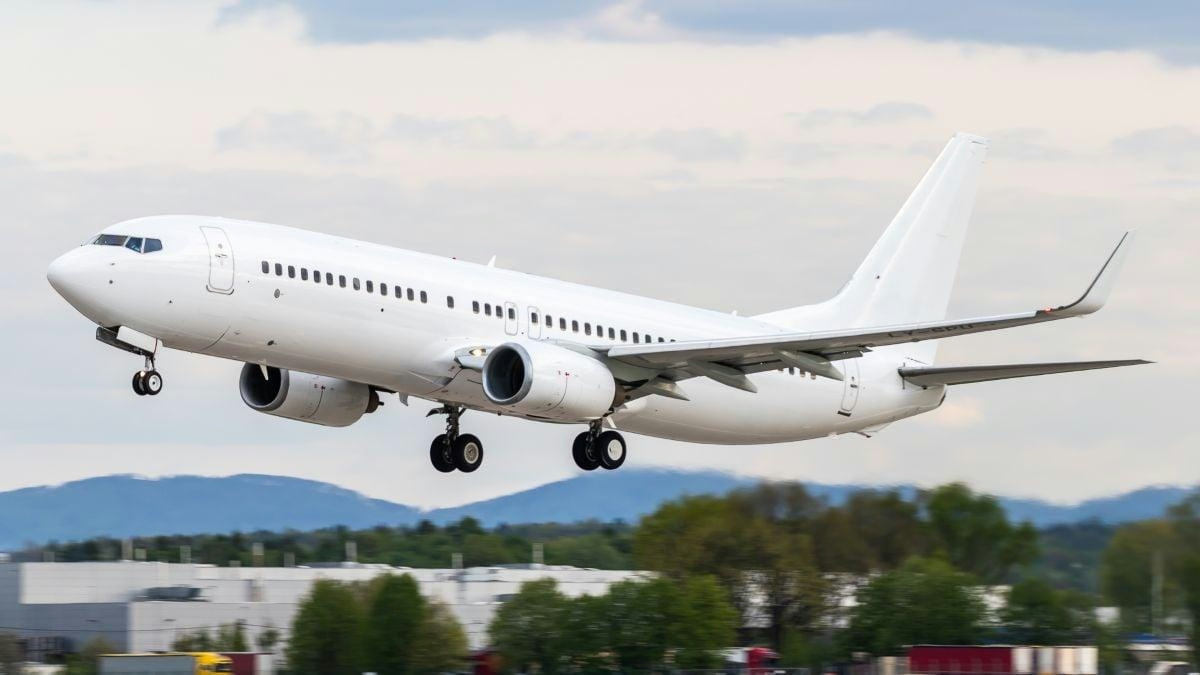
AeroGenie — Votre copilote intelligent.
Tendances
Categories
Pittsburgh Airport Unveils $1.6 Billion Overhaul Featuring Advanced Technology

Pittsburgh International Airport Embarks on $1.6 Billion Modernization Project
In 2014, Christina Cassotis accepted the challenge of leading the Allegheny County Airport Authority despite having visited Pittsburgh only once. Drawn by the board’s ambitious vision and the community’s commitment to revitalizing Pittsburgh International Airport following US Airways’ departure a decade earlier, Cassotis soon realized the scope of the task was greater than anticipated. Now, ten years later, she and her team are on the verge of unveiling the centerpiece of a $1.6 billion overhaul: an 811,000-square-foot terminal designed to significantly enhance the passenger experience.
Transforming Infrastructure and Passenger Experience
The comprehensive modernization effort, which commenced construction in 2021, encompasses more than just the new terminal. It includes a 1.14-million-square-foot parking structure, four miles of newly constructed access roads, and a 1,300-foot dual-level bridge linking the airport directly to Interstate 376. These improvements are engineered to reduce passenger travel time by half through streamlined terminal layouts, advanced security screening lanes, and expanded parking capacity. The project aims to attract both travelers and airlines by offering a more efficient and user-friendly environment.
Designers incorporated extensive feedback from airport staff and passengers to ensure the facility meets the practical needs of its daily users. Paul Hoback, the airport authority’s former chief development officer, described the terminal as “a physical manifestation of the work we put into our culture,” underscoring the collaborative approach behind the design.
Navigating Complex Construction and Future Challenges
The project’s complexity is compounded by Pennsylvania’s Separations Act, which mandates that public construction projects be bid by individual trade rather than through a single prime contractor. Consequently, the airport authority is managing 64 contractors and 284 subcontracts. Coordination is facilitated by the Paslay Group’s executive program management model, which integrates aviation experts with airport management to oversee the multifaceted construction process. Key partners include a joint venture between PJ Dick and AECOM Hunt, with Jacobs Solutions serving as construction manager. Design leadership is provided by Gensler, HDR, and luis vidal + architects, while other significant contributors include Fay (roads and bridges), Mascaro Construction (terminal foundation and parking garage), Rycon Construction (baggage handling), and Viking Erectors (multimodal complex).
Despite the promise of cutting-edge technology and operational efficiencies, the $1.6 billion investment has prompted some caution among Allegheny County officials. While the new terminal is expected to enhance the airport’s appeal, immediate expansion in flight offerings is not assured. The regional aviation market remains competitive, with neighboring airports also pursuing upgrades to attract airlines and passengers.
Nevertheless, airport leadership views the modernization as a strategic investment in Pittsburgh’s future. Emphasizing sustainability, community engagement, and innovative design, the project seeks to establish Pittsburgh International Airport as a premier origin-and-destination hub that not only serves travelers efficiently but also symbolizes regional pride.

HAL Nasik Shortlists Candidates for Chief Quality Manager Role in Civil MRO Expansion

High Ridge Aviation Acquires Aircraft from CDB and BBAM

KlasJet Expands Air Peace Fleet with Boeing 737

Dubai South Expands Aerospace Hub to Accommodate Growing Widebody Aircraft Demand

DGCA Investigates Engine Shutdown on Air India Boeing 777

Boeing Sees Order Growth and Delivery Recovery Amid Ongoing Challenges

Spain Orders 18 C295 Transport Aircraft

AXIS Introduces Automated AI Pilot Debriefing

IndiGo's Aircraft Leasing Strategy: Navigating Regulatory Waters
